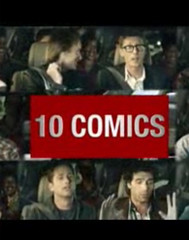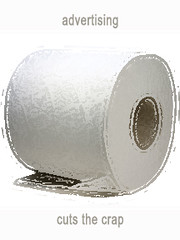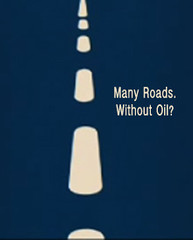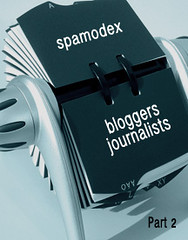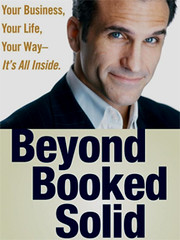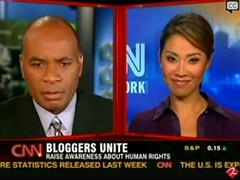The New York Times is featuring several commercials that may have set the pace for the 2008-9 television season. Called pod-busters, the goal of these new commercials is to introduce more pull marketing by producing advertising that is tied to the program.
While the New York Times features Last Comic Standing Honda commercials, AT&T’s “The Office” video, and Ford’s Knight Rider commercials, the original success of reintroducing programming-infused commercials seems to be American Idol. American Idol frequently featured campy music videos centered around a product and the concept dates back as far as 2005.
Joe Uva, president and chief executive of Omnicom Group’s OMD, which buys ad space, told the Wall Street Journal it was all about “what the content inside the pod of tomorrow will look like.” You’ve already seen the direction...
• Mini-sodes sponsored by marketers.
• Clips that blend in program elements.
• Promos that occur inside another program.
• Matched commercial content to program content.
While there are different approaches, commercial content is shifting to be more engaging, entertaining and educational, which matches the trend toward advertising frankness. Customers don’t want to be “SOLD!” as much as they want to be sold.
By presenting some common sense that seems to fit the content, pod-busters represent the bridge between marketing engagement and spots that entertain without connecting us to the company.

While the New York Times features Last Comic Standing Honda commercials, AT&T’s “The Office” video, and Ford’s Knight Rider commercials, the original success of reintroducing programming-infused commercials seems to be American Idol. American Idol frequently featured campy music videos centered around a product and the concept dates back as far as 2005.
Joe Uva, president and chief executive of Omnicom Group’s OMD, which buys ad space, told the Wall Street Journal it was all about “what the content inside the pod of tomorrow will look like.” You’ve already seen the direction...
• Mini-sodes sponsored by marketers.
• Clips that blend in program elements.
• Promos that occur inside another program.
• Matched commercial content to program content.
While there are different approaches, commercial content is shifting to be more engaging, entertaining and educational, which matches the trend toward advertising frankness. Customers don’t want to be “SOLD!” as much as they want to be sold.
By presenting some common sense that seems to fit the content, pod-busters represent the bridge between marketing engagement and spots that entertain without connecting us to the company.






